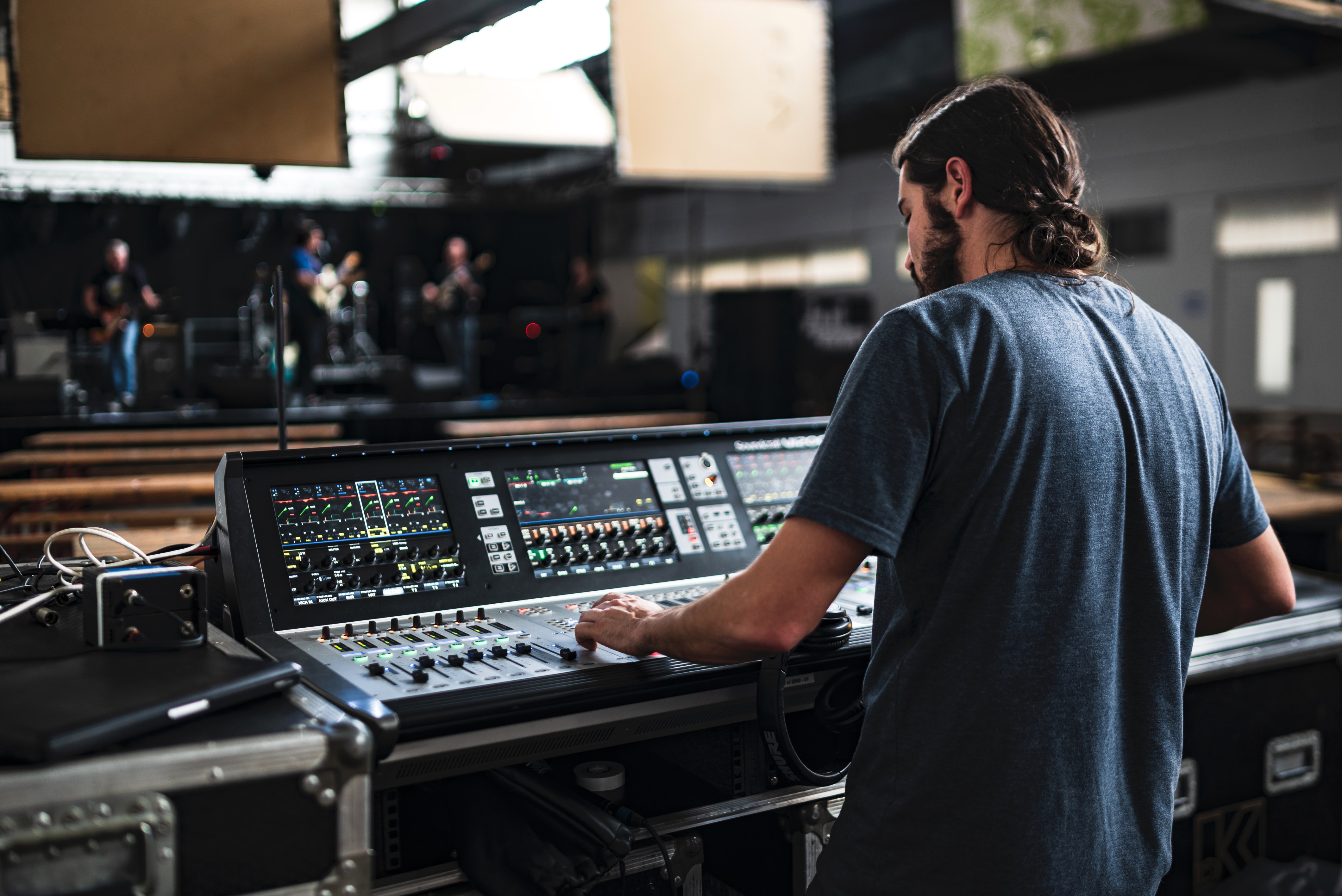Live streaming and the role of music artist empowerment in the digital era


As the coronavirus lockdowns have forced venues to close and people indoors, artists have been unevenly impacted across the music industry.
While many bigger studios were forced to cease operations, and some artists unable to release or record music – often relying on previous recordings they could still send to post-production – smaller independent artists took advantage of being home-bound. According to MIDiA’s independent artists report, 68% of artists wrote and made more music during lockdown, and 57% spent more time creating content for social media. Unhindered by the restraints of social distancing, and given more time in which to work, the independent side of the industry has been chugging away.
However, one aspect has been lost to the industry as a whole: live. Live is the runway for most artists just making their way into the scene, and a major money-maker for artists across the board (alongside merch and a variety of other income streams). Both the cultural and financial loss has hit the music industry hard.
Live streaming has slowly emerged as a digital, distanced solution as we wait for the pandemic to be resolved through a vaccine and social distancing measures to ease to the point where live music and sports can resume in full. Nevertheless, given the duration of the disruption – going on eight months, with new lockdowns in sight – these new innovations will likely assume their own places in the habits of consumers in the resulting ‘new normal’, so it is worth taking a look at just how they are being adopted.
Live streamed concerts and shows have both pros and cons. On the benefits side, they are less expensive to put on, with no required venue capacity or on-the-road travel for artists. For fans, they require no travel hassle, no waiting in line, no being crowded in behind someone who is too tall to see over. Innovative filmography such as for Laura Marling’s Union Chapel performance can bring a degree of intimacy to each and every audience member none would be able to feel in a crowded venue. Chat rooms, like for the recent Glass Animals Live in the Internet show, can provide social interaction in real time between viewers watching alone – and the AR integrations they experimented with can provide an intriguing level of appeal.
Featured Report
Ad-supported music market shares Spotify ascending
Ad-supported streaming has always occupied a unique and slightly contentious place in the music industry ecosystem. On the one hand, ad-supported still represents an effective way to reach consumers at scale, creating a wider subscriber acquisition funnel.
Find out more…However, the tech is not quite there yet. Issues with concurrent streaming latency provide jarring breaks in the audience experience. Adjacent show industries, from sound and tech crew to sponsors to merch sales, can all suffer with the loss of live venues and a gathering of crowds. And, ultimately, however convenient it may be to watch a favourite artist from the comfort of one’s living room – with no lines for refreshments, no jostling from adjacent crowd members, no beer spilled on your shoes – there is a loss felt of the live group experience. Both for both the performers, who have to muster the energy to carry a crowd to an audience of their tech crew, and to audience members, for whom screaming in enthusiasm at the end of every song is not quite the euphoric experience alone in their darkened homes as it is surrounded by a press of others sharing in the same emotional reactions.
The idea of live streamed shows is an intriguing one, and one which shows promise, especially moving forward for artists who cannot yet muster a crowd of superfans in a single geographic location. The technology thus plays into the increasingly global scale of niche fandom only made possible by the digital era.
As we look to move into further lockdowns, cautious consumers are unlikely to crowd back into festival fields anytime soon. Streaming looks to be the bridge back into the live world, and will find its place in the marketing and selling of artists in the digital era – but first it requires greater investment and innovation around streaming and tech capacities to truly make it live up to its potential.
Themes from this blog are discussed in our upcoming podcase series, Post-Pandemic Programming. Keep your eyes on this space for the release of our first episode, coming soon!

The discussion around this post has not yet got started, be the first to add an opinion.